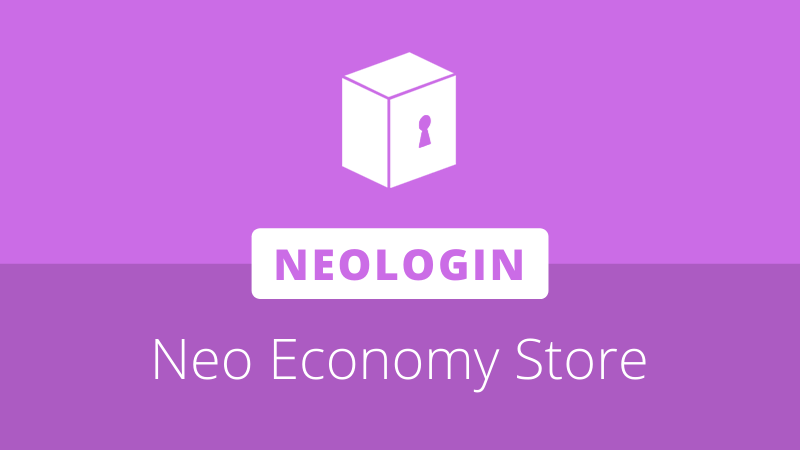
Over recent weeks, discussions have been held over the design and implementation of NeoID, a key component of Neo3. Currently three separate proposals have been submitted as NeoID candidates, each from a separate team and with different design considerations.
NeoID Design
A feature first mentioned in the Neo whitepaper, NeoID refers to a decentralized identity solution designed for use in the Neo ecosystem. Digital identity is a fundamental component in Neo’s vision of the smart economy, required to allow identity information of individuals or organizations to be stored and verified in a trustless manner.
To ensure that a suitable identity solution is available on Neo3, NGD opened a GitHub discussion where it introduced design requirements for NeoID, alongside information about current candidates.
Three key design goals are noted:
- The solution must give users control of their own personal identity data in order to solve pain points in existing real world applications (e.g information leaks and centralized data silos).
- Digital ID application scenarios should all be met, such as identity authentication, KYC, ownership of digitized assets etc.
- It should be easy to use with a low barrier to entry for developers
It is also required that NeoID is compatible with existing centralized ID solutions, such as identity standards such as W3C’s decentralized identifiers (DID) or certificates following the X.509 specification.
NeoID Candidates
Three potential solutions are currently under discussion: Seraph ID by Swisscom Blockchain, AthenaID by NGD Shanghai, and a third solution proposed by Moonlight.
SeraphID and Moonlight’s proposal share the most common ground, chiefly concerned with the ability to issue or verify claims/attestations and support the establishment of trust chains between entities. Both solutions allow for specific personal information to be shared for verification so that projects building on them can tailor their implementations for a wide range of use cases.
Both solutions allow for online and offline verification, depending on project requirements, and offer compatibility with existing identity standards. One notable difference between the two is that Moonlight also intends to offer an attribute validation service. This could help improve the adoption of NeoID by providing trusted backing to specific claims, such as a user’s nationality or age.
AthenaID takes a more unique approach, instead shifting its focus to the creation of a dynamic, decentralized trust network. Rather than assuming a black and white distinction between “trusted” and “untrusted,” AthenaID proposes the creation of a rating mechanism that asserts a trust weighting for how much a given entity trusts an identity document.
This is intended to be achieved through the creation of a trust model, where each entity can generate a local “trust graph” based on its relationships with other entities, identity documents, and claims. The solution includes a privacy model for data security, and requires a game theory model that outlines incentives and penalties in the network.
Although this potentially allows AthenaID to be used to create more advanced ID services, such as decentralized reputation systems, the design is much more complex to implement and is not fully compliant with the W3C DID standard.
Interested parties can follow and contribute to the NeoID candidate discussion at the following link:
https://github.com/neo-project/neo/issues/1304







About The Author: Brett Rhodes
Brett is a blockchain enthusiast and freelance writer who originally began producing content for the gaming & eSports industries. Now he spends most of his time contributing in the Neo ecosystem.
More posts by Brett Rhodes